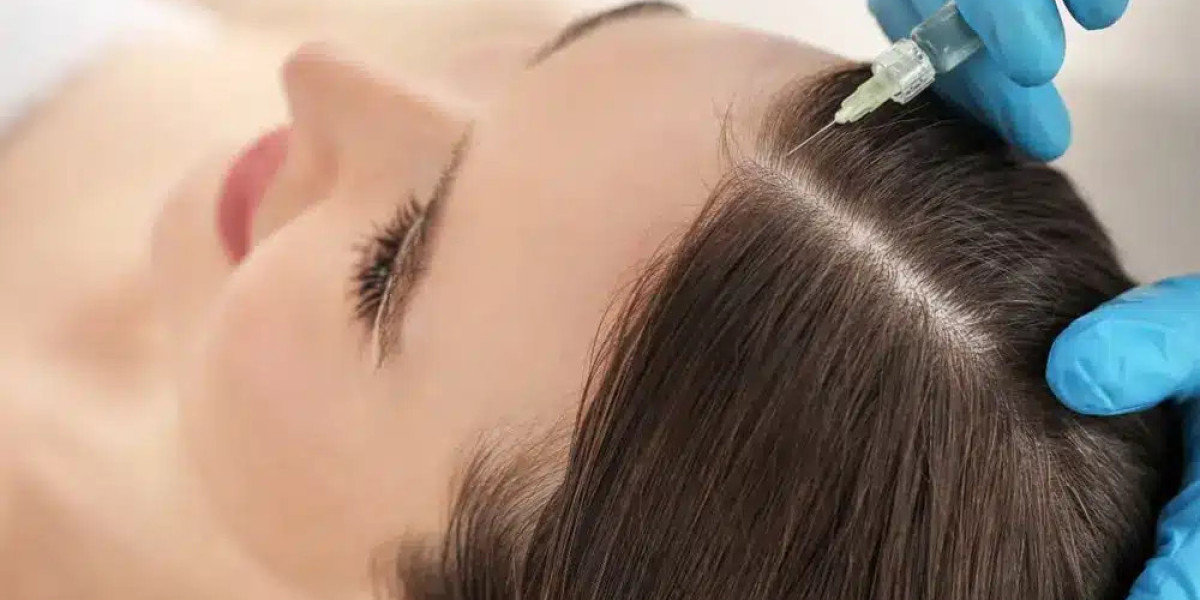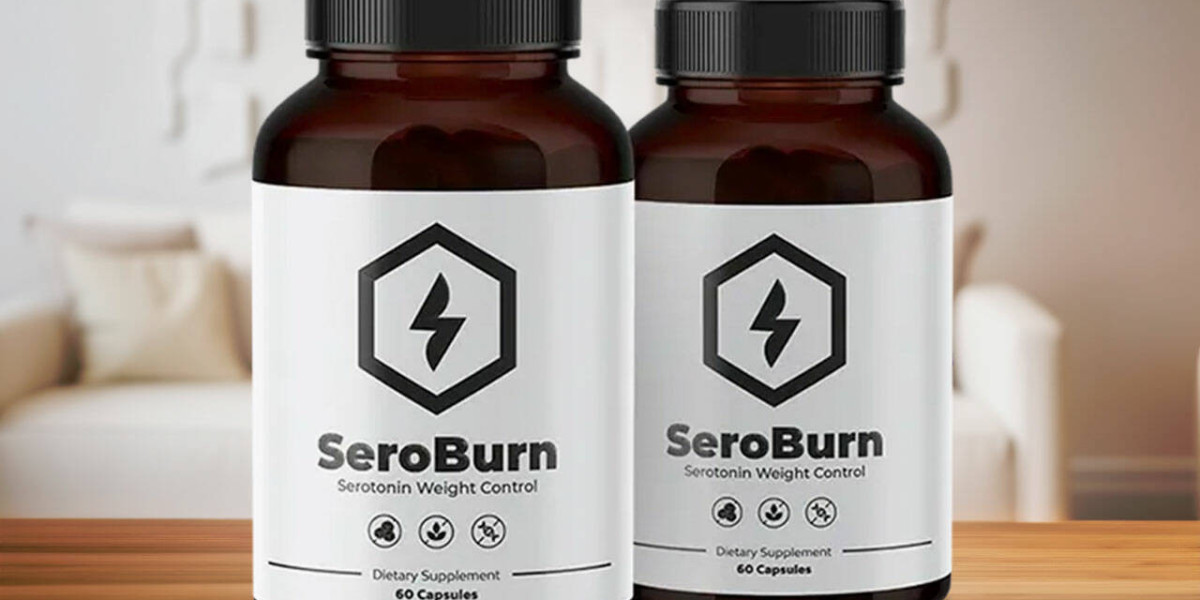Hair loss can be a frustrating experience for many people, affecting confidence and daily life. Whether it's thinning strands or noticeable bald patches, finding effective solutions is a top priority. One increasingly popular option is PRP therapy, a non-surgical approach that's gaining attention for its potential to stimulate hair growth. In this article, we'll dive deeper into what Platelet-Rich Plasma Hair Therapy how it works, and its overall impact on hair restoration. If you're curious about natural ways to combat hair loss, keep reading to discover if this treatment could be a game-changer for you.
What is PRP Therapy?
PRP stands for platelet-rich plasma, a concentrated form of your own blood that's rich in growth factors. This therapy has roots in regenerative medicine and is used in various fields, from sports injuries to skin rejuvenation. When applied to hair growth, PRP therapy harnesses the body's natural healing powers to encourage follicle regeneration.
Essentially, PRP is derived from a small sample of your blood. Through a simple process, the plasma is separated and concentrated to create a solution packed with platelets. These platelets release proteins and growth factors that promote cell repair and renewal. For those dealing with hair thinning, this makes PRP an appealing choice as a minimally invasive hair treatment option.
How PRP Therapy Promotes Hair Growth
The science behind PRP therapy for hair growth is fascinating. Hair follicles, the tiny structures responsible for producing hair, can weaken over time due to factors like genetics, stress, or hormonal changes. PRP injections deliver a boost of growth factors directly to the scalp, revitalizing these follicles.
When injected, the platelet-rich plasma stimulates blood flow and nutrient delivery to the hair roots. This can lead to thicker, stronger hair strands and may even awaken dormant follicles. Studies suggest that PRP is particularly effective for conditions like androgenetic alopecia, also known as male or female pattern baldness. By addressing the root causes of hair loss, PRP therapy offers a targeted approach to hair regrowth without relying on chemicals or transplants.
It's important to note that results can vary based on individual factors, such as the extent of hair loss and overall health. Many people report noticeable improvements after a series of sessions, with hair appearing denser and healthier over time.
The PRP Procedure: Step by Step
Understanding the PRP procedure can ease any concerns about trying this hair restoration method. It's typically straightforward and performed in a controlled setting. Here's a breakdown of what usually happens:
- Blood Draw: A small amount of blood is taken from your arm, similar to a routine blood test.
- Centrifugation: The blood is placed in a centrifuge machine, which spins it to separate the platelet-rich plasma from other components.
- Preparation: The concentrated PRP is prepared for injection, ensuring it's ready to deliver maximum benefits.
- Injection: Using fine needles, the PRP is injected into targeted areas of the scalp where hair thinning is evident.
- Post-Procedure Care: You might experience mild discomfort, but most people resume normal activities right away.
The entire process often takes less than an hour, making it convenient for busy lifestyles. Multiple sessions, spaced a few weeks apart, are commonly recommended to achieve optimal hair growth results.
Benefits of PRP for Hair Restoration
PRP therapy stands out among hair loss treatments due to its natural and low-risk profile. Here are some key advantages that make it a compelling option for those seeking non-surgical hair solutions:
- Natural Ingredients: Since it uses your own blood, there's minimal risk of allergic reactions or rejection.
- Minimal Downtime: Unlike more invasive procedures, PRP allows you to get back to your routine quickly.
- Versatile Application: It can complement other hair regrowth strategies, enhancing overall effectiveness.
- Promotes Long-Term Health: Beyond immediate growth, PRP supports scalp health, potentially preventing further loss.
- Customizable Treatment: Sessions can be tailored to specific areas of concern, like the crown or hairline.
These benefits contribute to PRP's growing popularity in the realm of alopecia treatments, offering hope to those who've tried other methods without success.
Potential Side Effects and Considerations
While PRP therapy is generally safe, it's wise to be aware of possible side effects. Most are mild and temporary, stemming from the injection process itself. Common experiences include slight swelling, redness, or tenderness at the injection sites. Some might feel a mild headache or itching on the scalp shortly after.
Serious complications are rare, as the treatment avoids foreign substances. However, if you have certain medical conditions, like blood disorders, it's crucial to discuss them beforehand. Always ensure the procedure is handled by qualified professionals to minimize any risks. Patience is key, as visible hair growth improvements may take several months to appear.
Who Can Benefit from PRP Therapy?
PRP therapy isn't a one-size-fits-all solution, but it can help a wide range of individuals experiencing hair loss. It's particularly beneficial for those with early-stage thinning or pattern baldness. People dealing with traction alopecia from tight hairstyles or post-pregnancy hair shedding may also see positive outcomes.
If you're exploring options for hair follicle stimulation, PRP could be suitable if traditional remedies like topical treatments haven't delivered results. It's a versatile choice for both men and women looking to enhance hair density naturally. However, those with advanced baldness might need to combine it with other therapies for better efficacy.
Conclusion
PRP therapy represents an exciting advancement in the fight against hair loss, offering a natural path to improved hair growth and scalp vitality. By leveraging your body's own resources, this treatment provides a low-risk alternative to more invasive methods. From understanding the procedure to weighing its benefits and side effects, it's clear that PRP has a significant impact on hair restoration for many.







